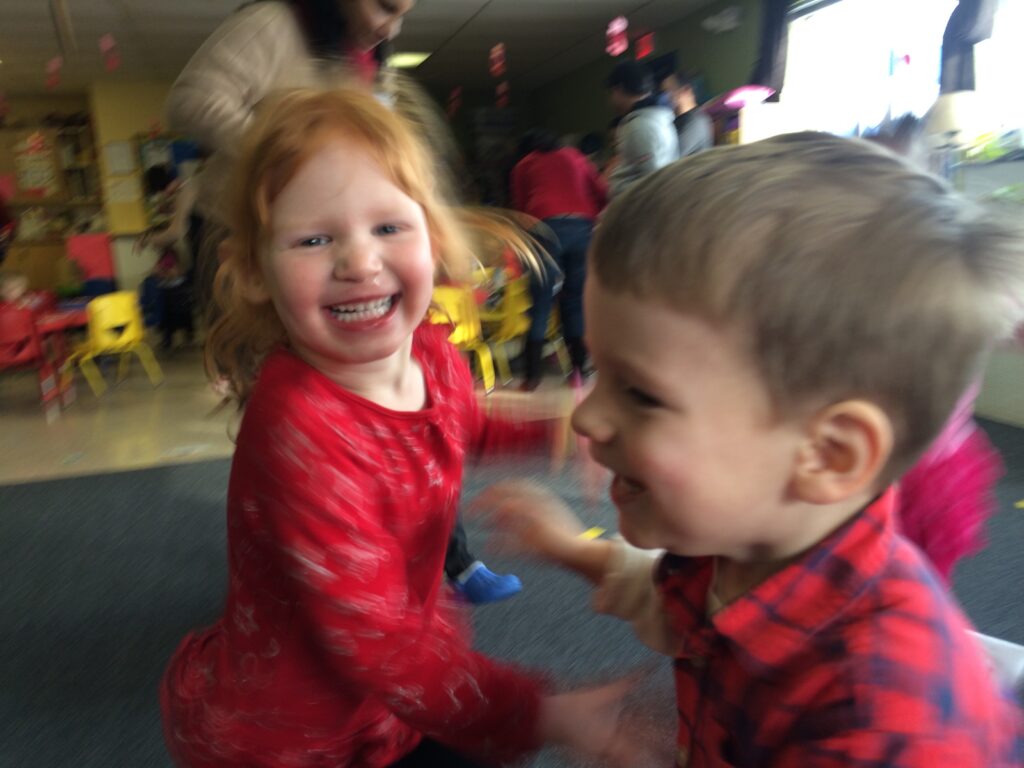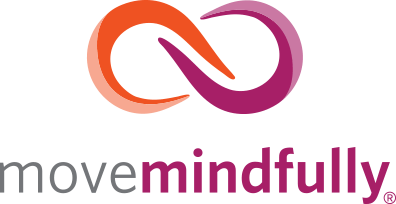First time celebrations during this new phase of the pandemic might feel leave students feeling “Nerve-cited”.
Classroom parties. Decorations, change in schedule, novel activities… what provides excitement and anticipation for some students, may be experienced as fear and anxiety for others. Thanks to adolescents we work with, we call this feeling “Nerve-Cited” – Nervous+Excited. As we navigate this new phase of the pandemic, where we might be holding (out of the norm) classroom and neighborhood celebrations, it is important to be aware of the multitude of reactions adults and children/youth may experience – such as fear, anxiety and other big emotions.

When our nervous system feels nervous or excited, we experience physical symptoms. This can include increased heart rate, faster breathing and a boost of energy caused by stress hormones/chemicals being released in the body. These are the same effects collectively known as the stress response or more commonly, “flight, fight, and freeze”. This physical response is why some people watch a scary movie or ride a roller coaster. Sometimes fear can feel exciting.
Here are some simple ways to help youth and families navigate the nerv-cited feelings classroom and neighborhood celebrations may cause – especially since we have been on a hiatus from these types of events during the pandemic:
Prepare
While surprises may feel exciting for some students, a trauma-responsive approach provides adequate warning and preparation. The week before your party or gathering, show your students the decorations. Take time to explain the art project and preview the playlist. All of these details create a predictable picture that allows students to feel safe. If there is a change in schedule, review the changes and display it visually. The novelty of the day can be a large component of the fear.
Beginnings and Endings
It is important to include a mindful beginning to parties/celebrations. We recommend belly breathing and intention setting. Creating an event with a group intention can be incredibly powerful. It can also serve as a check in and a place for children to voice concerns or ask questions.
In addition, an ending to the event is also very important. So often the timing can go over and children are pushed out the door without getting the opportunity for closure. When children aren’t regulated before they return home, the transition becomes very difficult. Set a timer to make sure that you have 5 minutes at the end to regroup with a slow or releasing breath. Even dimming the lights and allowing 1 minute of Head on Desk is an effective ending.

Releasing Activities Throughout
Depending on the length of the celebration, youth may need an opportunity to release throughout the event. In between high energy, offer a releasing breath or movement. We love our Move Mindfully® Permission to Pause poster, featuring Plank and Down Dog, as a great releasing option. Then, reset with a short rest, like Head on Desk. Also, download our Free Resources for audio Rest breaks.
Provide a Safe Space
Even with all of our best planning, youth will still get overstimulated. Offer a Be Station (Safe Place), or a place where students can reduce visual and audio input. It could be another classroom (or space) with dim lighting, soft music and areas to hide. Or, it could be a space in the classroom/or gathering with noise cancelling headphones and decreased sensory input (decreased sound, lights, etc.). During your check in at the beginning, offer and describe choices that will empower children to self regulate and normalize over-stimulation.

Monitor and Offer Choice
If youth are unable to regulate, it is helpful to be prepared with alternative options. Not into the dance party? Offer a place to color. The competitive nature of bingo stressing you out? Provide a beading activity. The most successful parties offer choices.
Classroom/community gatherings/parties are important. It is important to celebrate, create community and be playful together. However, approaching planning with a trauma-responsive lens will allow all students to feel successful and included.
What have you done to create inclusive classroom parties? Leave a comment!

